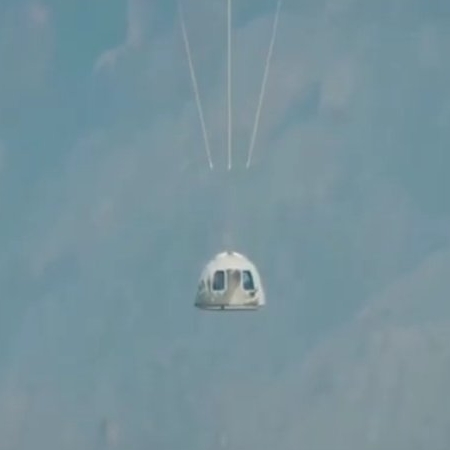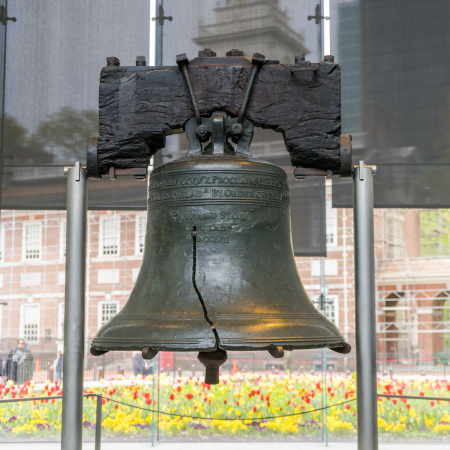ULA to no longer sell Atlas-5 launches
Capitalism in space: In an interview ULA’s CEO Tory Bruno has announced that they have contracts on all of the company’s remaining Atlas-5 rockets, and will no longer be offering that rocket for new sales.
“We’re done. They’re all sold,” CEO Tory Bruno said of ULA’s Atlas V rockets in an interview. ULA, a joint venture between Boeing and Lockheed Martin, has 29 Atlas V missions left before it retires sometime in the mid-2020s and transitions to its upcoming Vulcan rocket, Bruno said. The remaining Atlas V missions include a mix of undisclosed commercial customers and some for the Space Force, NASA, and Amazon’s budding broadband satellite constellation, Project Kuiper.
This means that the company is now firmly committed to its Vulcan rocket, which also means it is entirely committed to the repeatedly delayed BE-4 engine that Blue Origin is building for that rocket. This announcement suggests that Bruno is confident that the BE-4’s problems have been overcome, and that Blue Origin is about to begin regular assembly of the many flightworthy engines ULA will need.
If so, this is really good news. It not only means that Vulcan launches will finally begin, but that Blue Origin might also begin flying its New Glenn rocket. Both will give the U.S. some competitive options for getting big payloads into space. Right now the only real choice at a reasonable price is SpaceX, and having one choice is never a good thing.
Capitalism in space: In an interview ULA’s CEO Tory Bruno has announced that they have contracts on all of the company’s remaining Atlas-5 rockets, and will no longer be offering that rocket for new sales.
“We’re done. They’re all sold,” CEO Tory Bruno said of ULA’s Atlas V rockets in an interview. ULA, a joint venture between Boeing and Lockheed Martin, has 29 Atlas V missions left before it retires sometime in the mid-2020s and transitions to its upcoming Vulcan rocket, Bruno said. The remaining Atlas V missions include a mix of undisclosed commercial customers and some for the Space Force, NASA, and Amazon’s budding broadband satellite constellation, Project Kuiper.
This means that the company is now firmly committed to its Vulcan rocket, which also means it is entirely committed to the repeatedly delayed BE-4 engine that Blue Origin is building for that rocket. This announcement suggests that Bruno is confident that the BE-4’s problems have been overcome, and that Blue Origin is about to begin regular assembly of the many flightworthy engines ULA will need.
If so, this is really good news. It not only means that Vulcan launches will finally begin, but that Blue Origin might also begin flying its New Glenn rocket. Both will give the U.S. some competitive options for getting big payloads into space. Right now the only real choice at a reasonable price is SpaceX, and having one choice is never a good thing.


